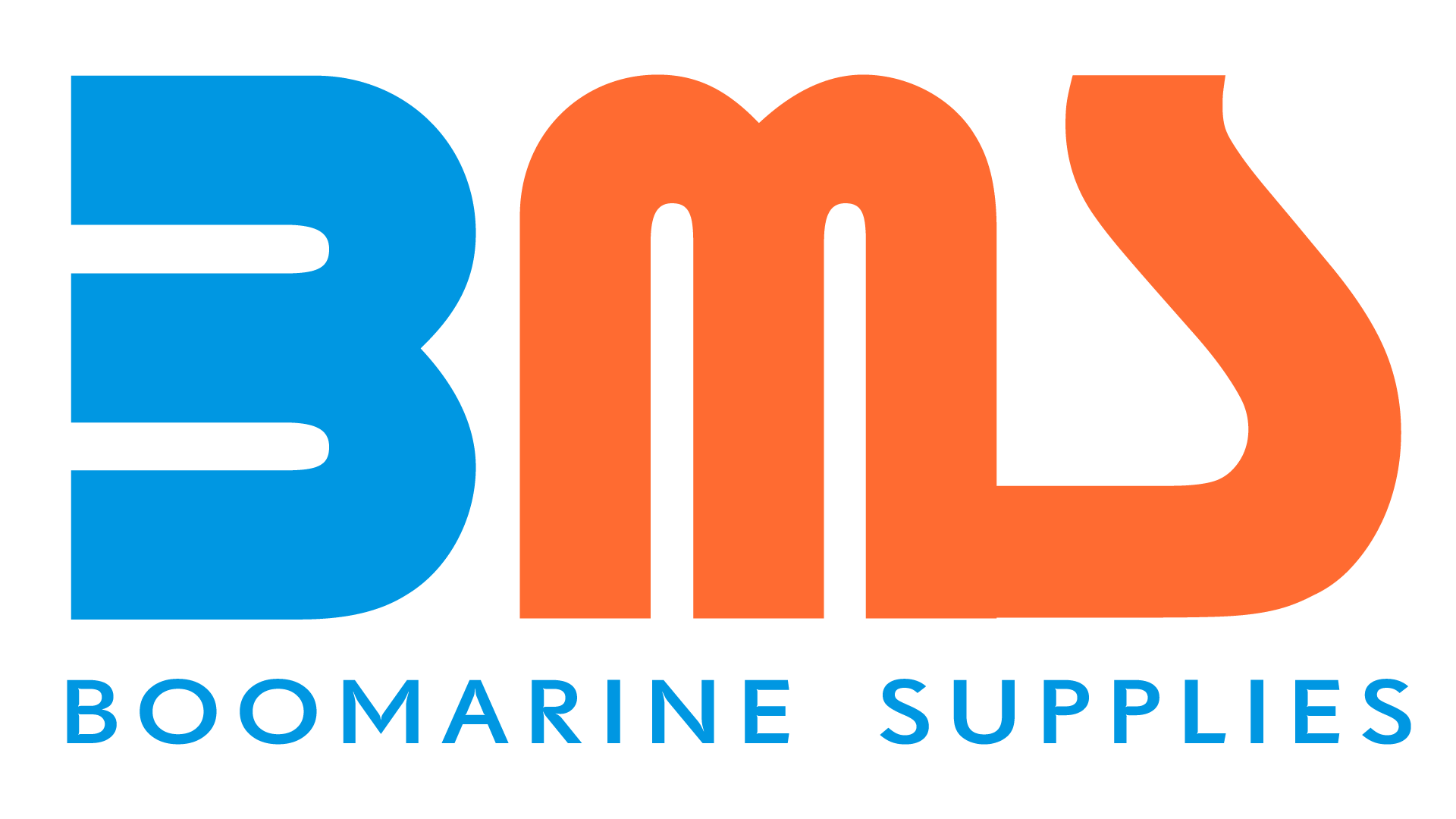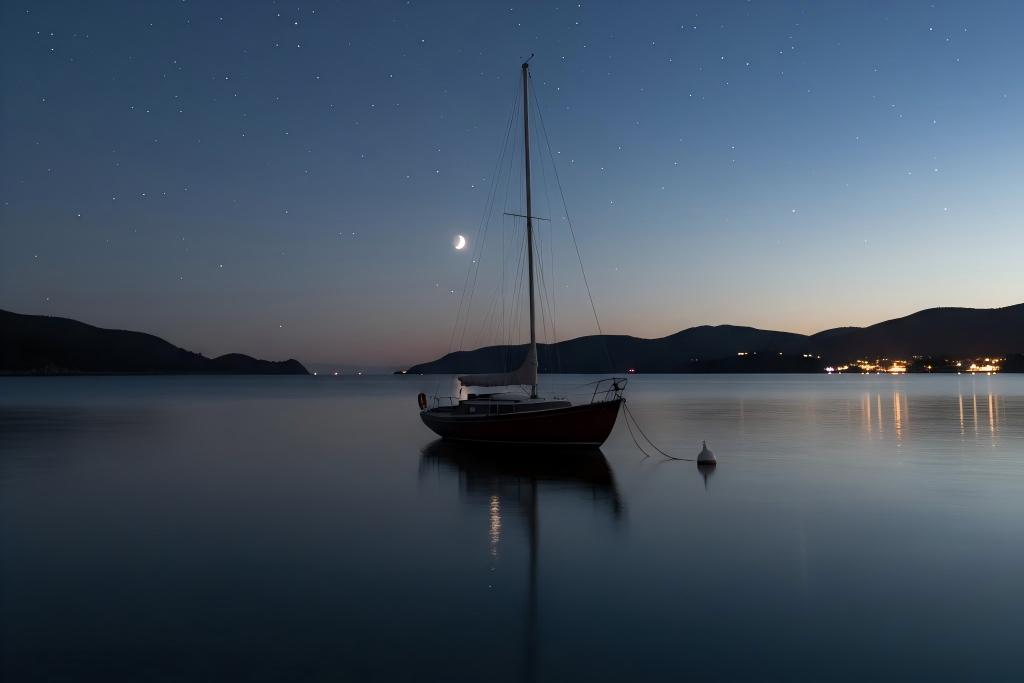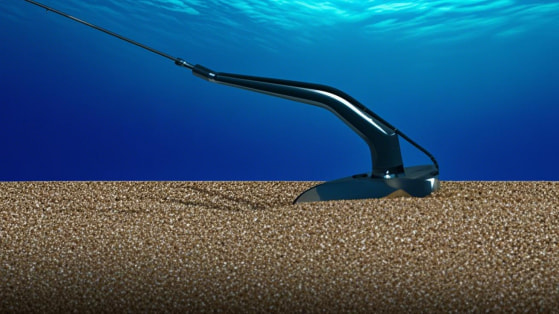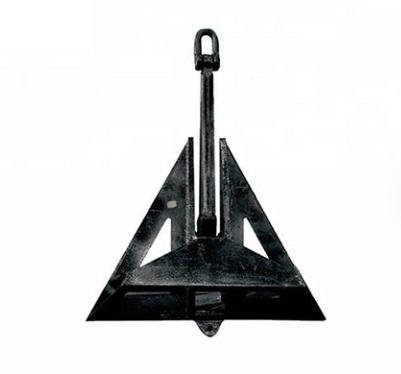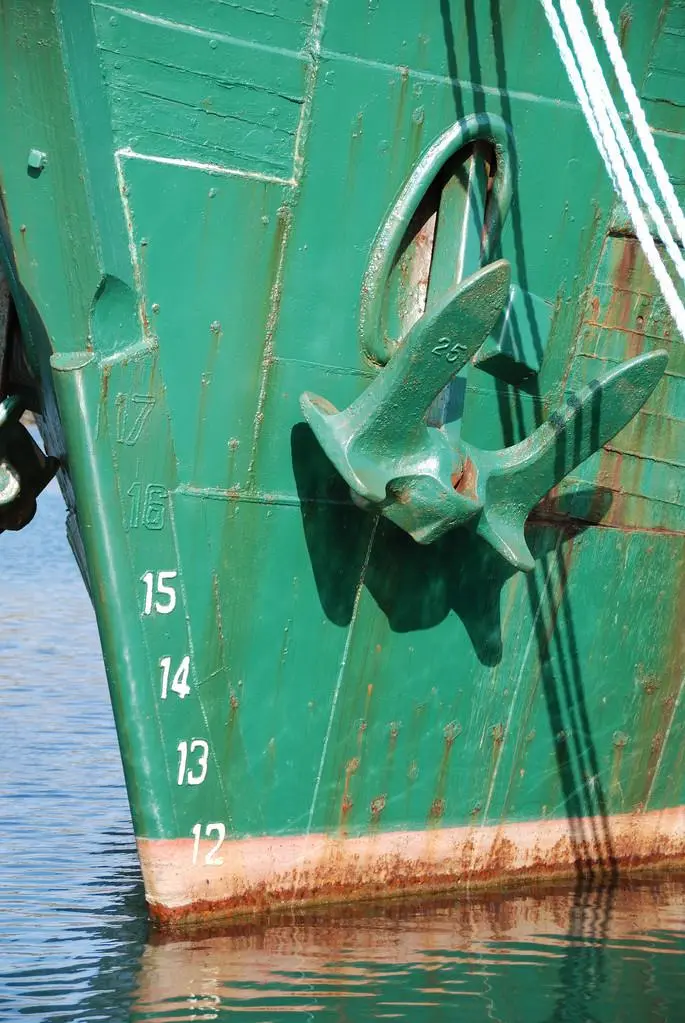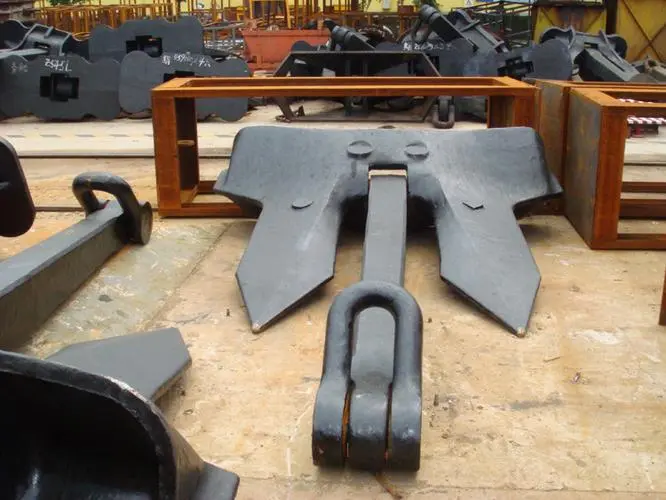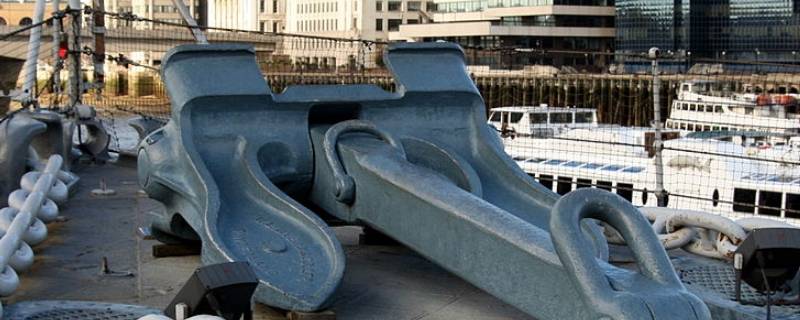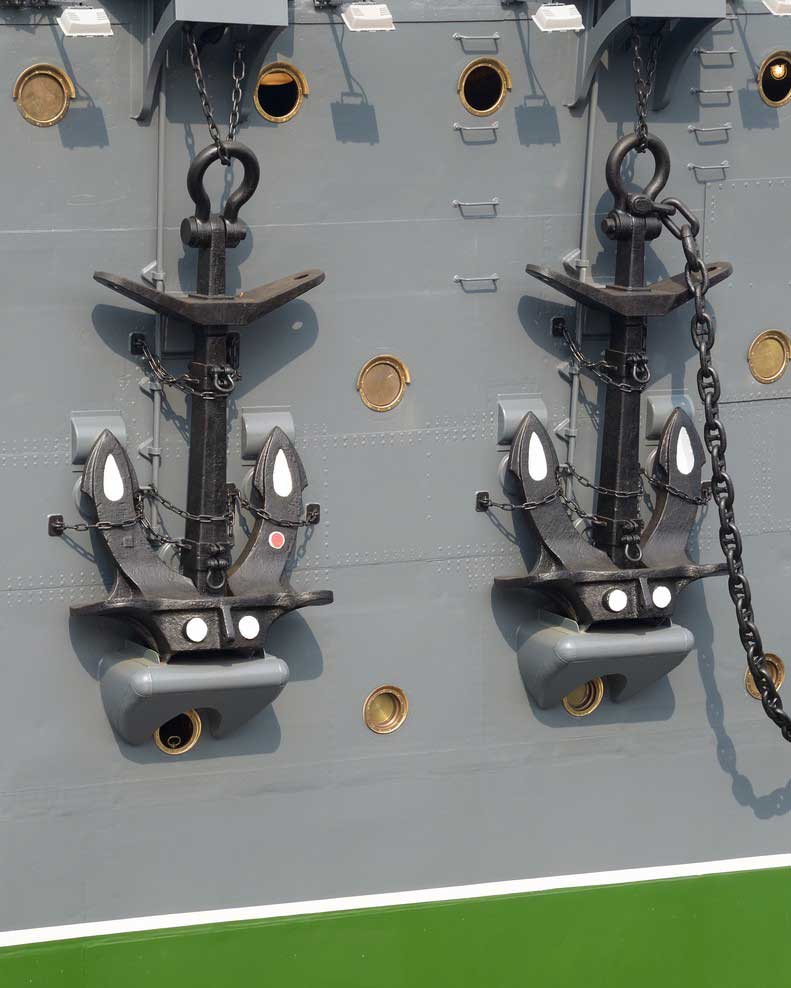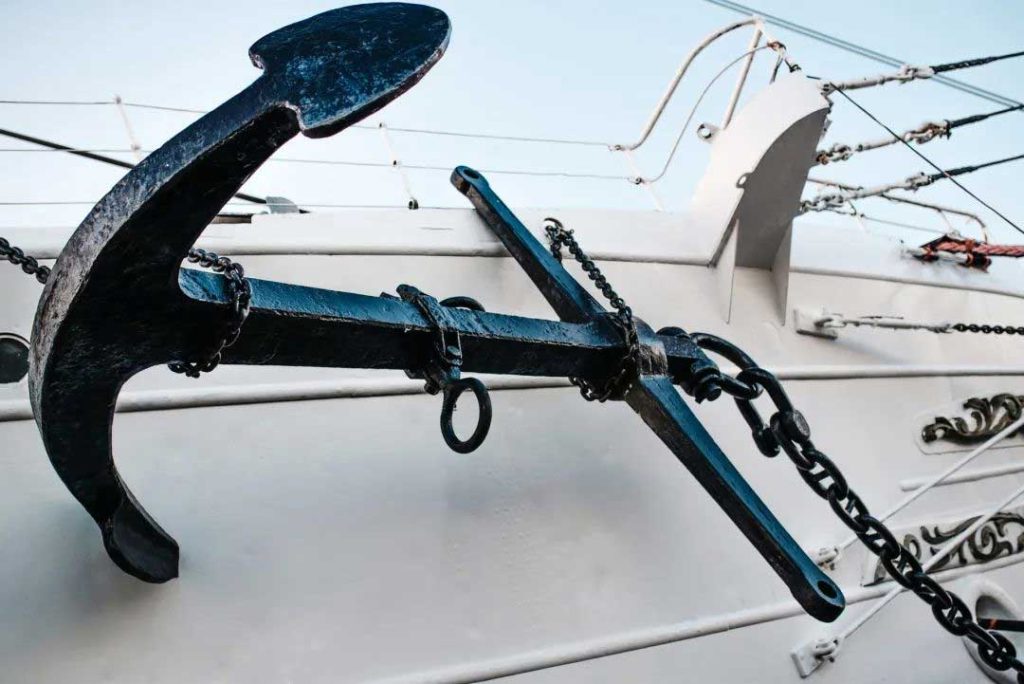When sailing at sea, the marine anchor is the “magic needle” that stabilizes the ship. But many people have encountered a frustrating situation: Why does someone else’s anchor of the same size remain motionless while yours is dragging? Why does the “top anchor” that was bought at a high price fail at a crucial moment? Don’t worry. This article will take you to unveil the mystery of anchorages, teach you how to choose and use the right anchors, and make your ship as stable as a mountain.
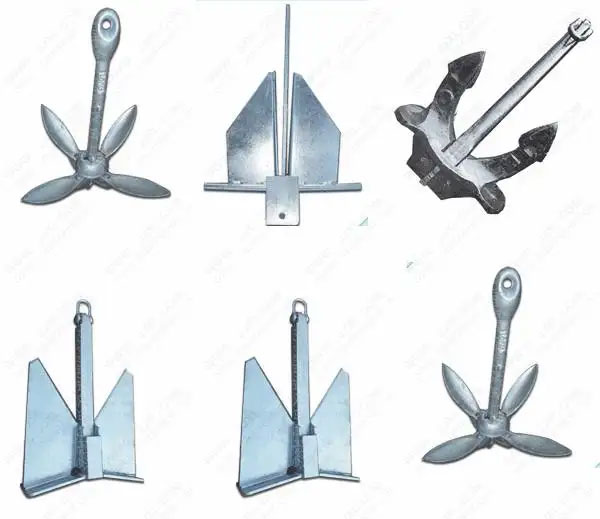
TOP 5 Best Anchor Types in 2025
The anchor market is diverse and varied. But which one is reliable? After extensive actual testing, these five types of anchors have stood out and will guide you with real data.
NO.1 Spade/ROCNA type anchor
The shovel-shaped anchor can be regarded as the “all-round top student” in the anchor industry. In the violent test on coral reef substrates, it still maintained a grip ratio of 8.5 times, firmly grasping the seabed with extremely strong grip force. However, it is quite expensive and can even buy half a set of life-saving equipment. This type of anchor is more suitable for ocean-going ships over 30 feet and can handle complex sea conditions with ease.
NO.2 High-grip anchor (Danforth/Mantus class)
The high holding power anchor is a cost-effective choice. Actual tests have found that on sandy seabeds, its performance even surpasses that of competing products which are twice as expensive. However, some users joke that when used in mud, it might flip over. In fact, as long as the correct anchoring angle and techniques are mastered, this problem can be effectively avoided. For small and medium-sized recreational boats, choosing it can ensure grip strength without incurring excessive costs.
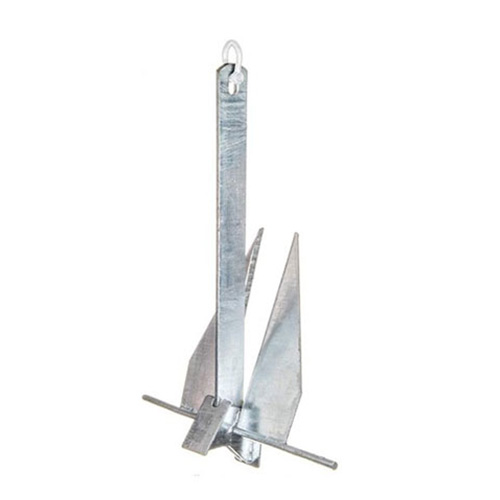
NO.3 Claw Anchors (Bruce/Claw type)
Claw-shaped anchors are the “Kings” on hard seabed, ranking first in terms of measured reliability. However, counterfeit products are rampant in the market. Counterfeit products are 30% lighter than genuine ones and have greatly reduced grip. For workboats and vessels that frequently change anchorages, choosing claw-type anchors enables them to quickly and stably grasp the ground in various underwater environments.
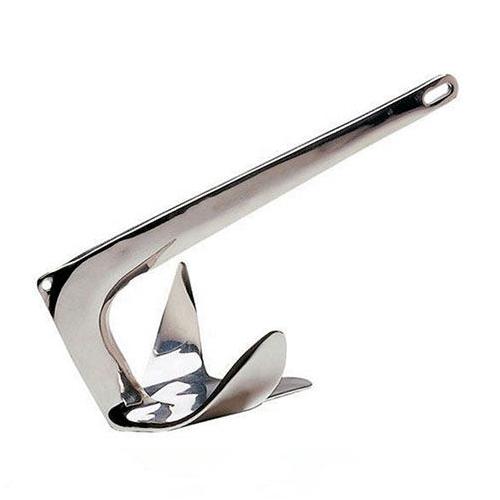
NO.4 Naval Anchor (Traditional pole anchor)
In some sea areas, naval anchors remain an irreplaceable choice. For example, in port operations where precise positioning is required, its pole-mounted design can provide stable grip. However, it also has a fatal flaw – difficulty in storage. But now there are modern improvement solutions. Through foldable designs and other means, the convenience of storage has been greatly enhanced. In long-term mooring and special operation scenarios, naval anchors can still play an important role.
NO.5 Mushroom Anchor
The mushroom anchor is the “ultimate magic weapon” for long-term mooring. It forms a strong grip on the seabed by relying on its own weight and shape. However, 90% of people use the wrong counterweight, resulting in insufficient grip. It is suitable for fixed facilities such as buoys and breeding farms, and can be stably moored for a long time.
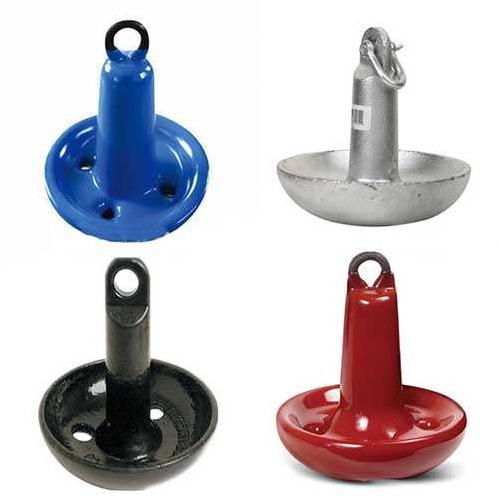
3 Industry Jargon You Must Know When Choosing an Anchor
When choosing anchors, salespeople often throw out professional terms, which may hide many “pitfalls” behind them.
1. The “catching weight ratio” scam
The “weight ratio” advertised by many products may seem attractive, but there is a huge gap between laboratory data and real sea areas. The laboratory environment is ideal, but in reality, factors such as water flow and wind waves can all affect the grip of the anchor, and the actual grip ratio may be much lower than the advertised value. Therefore, the selection of anchors cannot solely rely on the weight ratio; it is also necessary to take into account the actual usage scenarios.
2. The truth about “fast meshing”
Some anchors are claimed to be “fast engagement”, but in actual use, why do they have to be tossed and retracted five times before hitting the bottom? This is because the seabed conditions are complex, and the anchor needs time to adjust its posture and find the appropriate point of force application. Don’t be misled by the publicity. After anchoring, patiently observe the actual performance of the anchor.
3. The “all-terrain applicable” trap
No anchor can conquer all the underwater environments! Different seabed geological conditions (sandy, silt, rock, etc.) correspond to different types of anchorages. We have compiled a geological matching table to help you quickly find a suitable solution:
| Seabed geology | Recommended anchor type |
| Sandy | High-grip anchor, shovel anchor |
| Silt | Shovel anchor, mushroom anchor |
| Rock | Claw anchor, shovel anchor |
| Hard | Claw anchor |
5 most fatal mistakes in anchor selection
Choosing the wrong anchor can have disastrous consequences. We analyzed the Coast Guard accident reports and summarized 5 major mistakes that we must learn from.
| Error type | Typical case | Consequences |
| Blindly increase the size | The sailboat used a 35KG anchor, causing the stern to sink | Unbalanced navigation, almost capsized |
| Ignore the adaptation of the substrate | The yacht used a Danforth anchor in the coral area, and the anchor claw broke | Shipwreck |
| Cheap galvanizing | The anchor handle rusted and broke after 2 years | Emergency unavailable |
| Wrong anchor chain matching | The small boat used a full chain configuration, which lost the buffer energy absorption | Anchor and boat damaged |
Ultimate solutions for different ship types
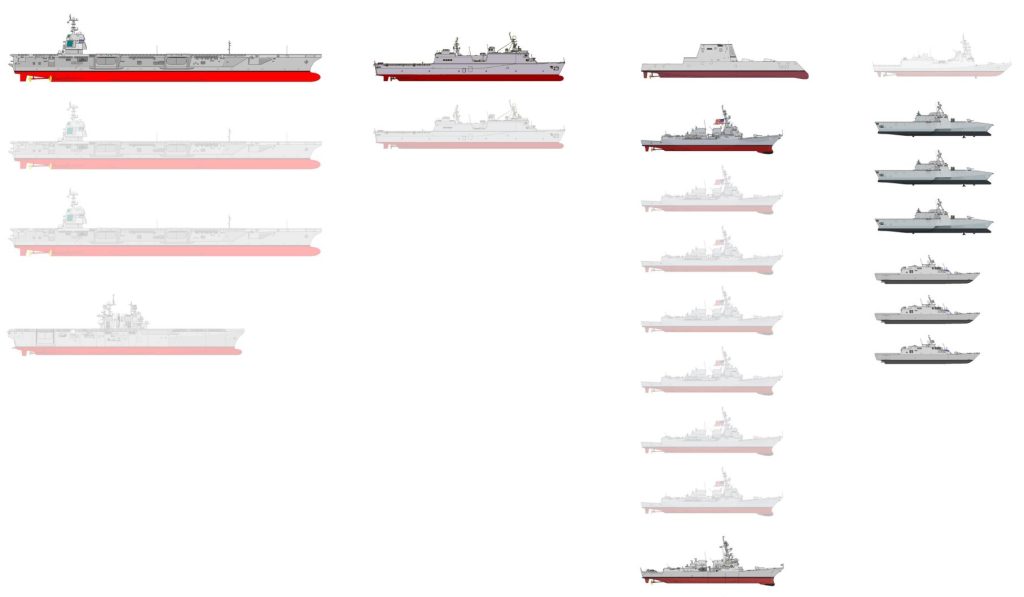
Different ship types have different requirements for anchorages. Only by choosing the right combination can safety be guaranteed.
Recreational boats under 12 meters
The best combination is Mantus M2 (main anchor) + Fortress FX-11 (backup). A 7-meter small boat once successfully withstood a gale of force 9 with this combination, and its safety is reliable.
15-24 meter ocean-going sailboats
The old boatman would rather choose a second-hand Rocna than some brand-new brands. This is because Rocna has stable grip in complex sea conditions, has been tested and proven, and is a reliable partner for long-distance voyages.
Commercial fishing boats/workboats
Industrial-grade Stevin anchors are the best choice. It adopts a century-old Dutch design, with a single anchor grip of up to 20 tons, which can meet the anchoring requirements of large ships in harsh environments.
3 life-saving tips known only to experts
Learning to select anchors and mastering the usage skills can save lives in critical moments.
1. Meshing detection method
Wonder if the anchor is held firmly? Feel the vibration of the anchor chain with the back of your hand. A smooth and moderate vibration indicates that the anchor has been firmly held. The shaking is severe or intermittent, and it may be necessary to anchor again. Pay attention to safety when operating and avoid getting injured.
2. Storm anchoring technique
In the event of a storm, the 45° double-anchor arrangement can significantly enhance stability and withstand winds of up to level 12. Attached is a schematic diagram to teach you how to arrange double anchors and enhance the ship’s wind resistance.
3. Emergency maintenance
Don’t panic if the anchor claws break! Temporarily reinforce with diving lead blocks and fix the lead blocks at the fracture point, which can temporarily restore the grip force and buy time for returning to the port for maintenance.
Final Words
Navigation safety hinges on anchorages. I hope this guide can help you avoid the traps of choosing and using anchors. If you have any other questions or any usage experiences you’d like to share, feel free to communicate at any time!
